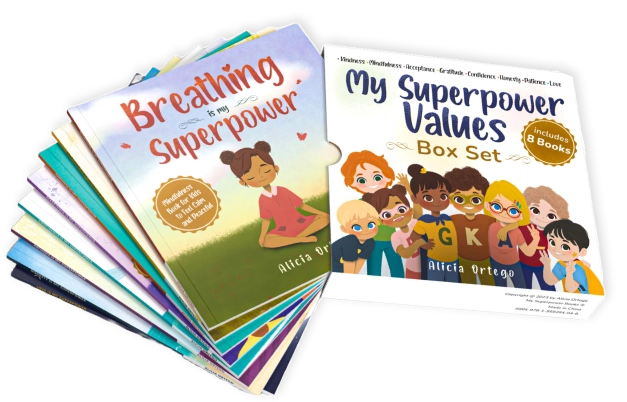Helping Kids Who Struggle to Sit Still and Stay Calm
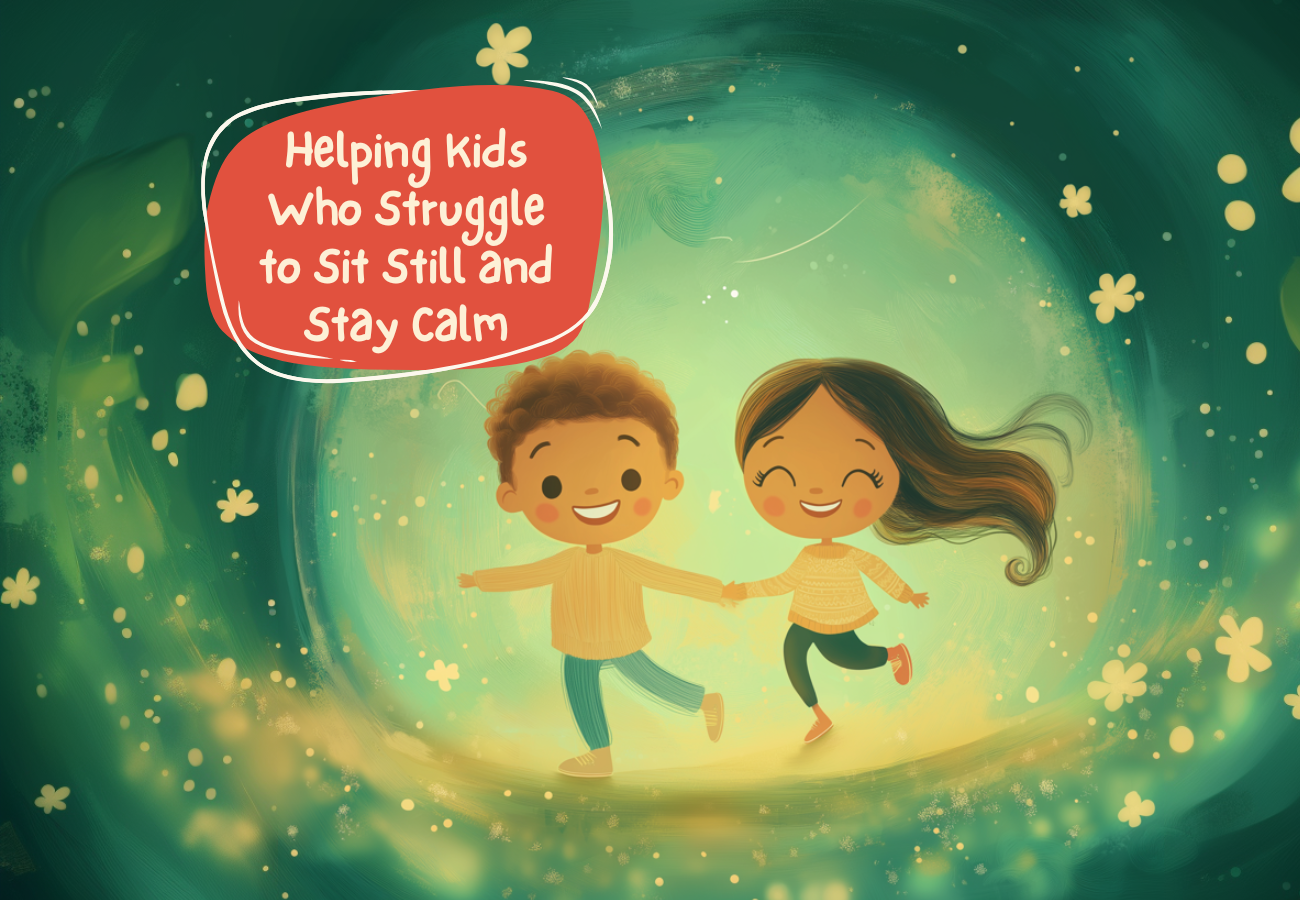
Some children move through the world with nonstop energy that rarely seems to slow down. They bounce, fidget, tap their feet, or speak out when quiet is expected. These behaviors can feel overwhelming for parents, teachers, and caregivers trying to create calm.
Is the child being defiant or simply overstimulated? Are they anxious, under-challenged, or unsure of how to settle their body? What can adults do when sitting still seems too hard for them?
Every child is different, which means their needs and responses won’t look the same. This article will explore how gentle guidance helps kids find calm without forcing stillness.
Understanding Movement as Communication
Some children move constantly because their bodies need more than stillness. WebMD notes that it’s natural to wonder if ADHD might explain your child’s nonstop energy and movement. However, high activity alone doesn’t always mean there’s a clinical condition involved. Children with ADHD often show other patterns, such as frequent interruptions or trouble following instructions.
Movement can reflect stress, excitement, or a desire for attention or comfort. These actions often express emotions that children cannot yet explain with words. Recognizing this helps adults respond with care instead of correction. When caregivers notice patterns, they can support kids without increasing pressure. Children feel safer when adults respond calmly instead of becoming reactive or loud.
This emotional safety builds the foundation for healthier self-regulation over time. Children who feel seen are more willing to slow themselves down. They begin to trust the environment and the people guiding them.
Can excessive movement be a sign of boredom in kids?
Some children move excessively when they’re bored or not mentally challenged. Restlessness often appears when activities feel too easy or uninteresting. Offering stimulating, age-appropriate tasks can reduce fidgeting and boost attention. Engaging their curiosity helps redirect movement into focus and encourages more productive behavior.
The Role of Gentle Guidance in a Child’s Life
Children develop self-regulation through calm, consistent interactions with the adults around them. It’s not loud correction or strict discipline that teaches most effectively. It’s the presence of someone who stays steady, even when the child doesn’t. Caregivers, teachers, librarians, coaches, and even bus drivers shape how children experience support and guidance.
These steady, thoughtful adults offer comfort, patience, and encouragement that help children feel seen, valued, and emotionally safe. In medical settings, this same kind of support can come from providers who understand both health and behavior. One example is the family nurse practitioner, who may become a consistent presence during wellness checkups, school physicals, or developmental visits.
They have advanced training that qualifies them to assess and treat patients directly. According to Wilkes University, most have earned a Master of Science in Nursing (MSN) with a Family Nurse Practitioner (FNP) specialization. This degree prepares them to assess physical symptoms and behavioral patterns in young patients. Their education includes child development, family dynamics, and therapeutic communication.
Family nurse practitioner programs also prepare them to notice subtle developmental cues, ease distress, and guide families toward helpful resources. This kind of attention allows a child to feel understood instead of judged. In moments when energy runs high or focus is difficult, steady guidance can have a calming effect. Whether it comes from a parent or a provider, gentle guidance teaches children how to feel safe in their own skin.
What role do family dynamics play in a child’s self-regulation?
Family dynamics shape how children learn to manage emotions and behavior. When parents communicate respectfully and set clear boundaries, kids often feel more secure. Supportive environments give children a strong foundation for developing emotional control, and research links this to stronger self-discipline later in life.
Why Routine and Predictability Matter
Children thrive when they know what is coming and feel prepared for it. Predictable routines reduce anxiety and create a feeling of emotional safety. Transitions are smoother when children understand the steps that come next. Simple routines like quiet time before bed support emotional settling at night.
KidsHealth states that bedtime routines can also include activities like warm baths, soft music, or deep breathing to help reduce restlessness. Light stretching or a cup of chamomile tea may also support the body’s natural wind-down process. Even one or two consistent habits can signal to your child that it’s time to relax.
Visual schedules or consistent morning routines help reduce uncertainty during busy times. When routines are repeated often, children begin to feel more in control.
These patterns offer relief for those who struggle to stay calm or focused. A predictable environment helps reduce overstimulation and increases cooperation. Calm days are built from simple habits practiced every day.
Can sudden changes in the routine lead to more stress for kids?
Sudden changes in routine can unsettle children and increase stress levels. Without predictability, kids may feel anxious or restless. Preparing children in advance helps ease transitions. Simple reminders or visual schedules can offer comfort and reduce emotional disruptions during unexpected or new situations.
Creating Spaces That Support Focus and Movement
Children often concentrate better when allowed to move while staying engaged. Classrooms and homes can support focus through flexible seating and movement breaks. Floor cushions, wiggle seats, or quiet corners give children physical space to regulate. Instead of pushing for stillness, caregivers can accept natural movement as productive.
Redirecting extra energy into exercise or other physical activities can boost focus, especially for kids with attention struggles. As per Parents, elementary students who take activity breaks often concentrate better on school tasks afterward. Try encouraging outdoor play with toys like jump ropes, balls, or games they enjoy. Even daily family walks, bike rides, or park visits can support calmer behavior and better attention.
Children respond well to environments that support both structure and flexibility. Movement can be encouraged through playful transitions or short bursts of physical activity.
When motion feels accepted, children become less likely to resist guidance. Spaces that allow quiet and energy together reduce emotional frustration for kids. With thoughtful design, environments promote calm without requiring complete stillness.
What types of activities work best for children with attention struggles?
Movement-based activities like jumping, running, or stretching help children release extra energy and refocus. Short breaks with physical activity can improve concentration and reduce restlessness. Consistent movement, such as daily walks or dance sessions, has been linked to better attention spans in growing children.
What Patience Looks Like in Practice
Patience means staying calm even when a child is overwhelmed or restless. It involves choosing steady responses when their behavior challenges your own sense of calm. Children benefit from quiet redirection rather than reactive corrections or frustration.
The Thoughtful Parent mentions that parents often react more to external stress than to a child’s actions. When overwhelmed, it’s easy to take out frustration on a child for something minor. Recognizing this pattern can help parents pause and respond with more intention. Becoming aware of these triggers is a key step toward building real patience with kids.
Caregivers build trust through tone, timing, and consistency across all situations. Small signs of progress appear when children feel supported instead of pressured. Staying patient also means noticing growth that may happen slowly over time.
Repetition helps children feel safe enough to practice better regulation. Support is most effective when it remains consistent through both good and hard days. A patient, steady environment helps children realize they can grow without fear or pressure.
How does repetition help children improve regulation?
Repetition reinforces routines and behaviors that support a child’s ability to self-regulate. Through consistent practice, children gradually learn to manage their emotions and behavior more effectively. Over time, this repetition builds confidence, helping them feel more in control during both calm and challenging situations.
Helping kids build self-regulation takes more than managing behavior—it starts with understanding their needs. Movement is often how children communicate when they lack the words to express themselves. Spaces that allow both quiet time and active moments support emotional balance and focus.
Patience from adults builds trust that encourages children to grow at their own pace. Gentle guidance from family members or trained professionals like family nurse practitioners can be especially effective. When children feel supported, they develop the tools needed for long-term emotional strength and self-control.
Just like in our article, where we share how movement and teamwork help children build not only physical skills but also cooperation and support for each other, here we explore how small movement breaks can make it easier for kids to calm down and refocus. Both approaches show that calmness doesn’t always mean stillness—sometimes, activity is the best path to balance.
More articles
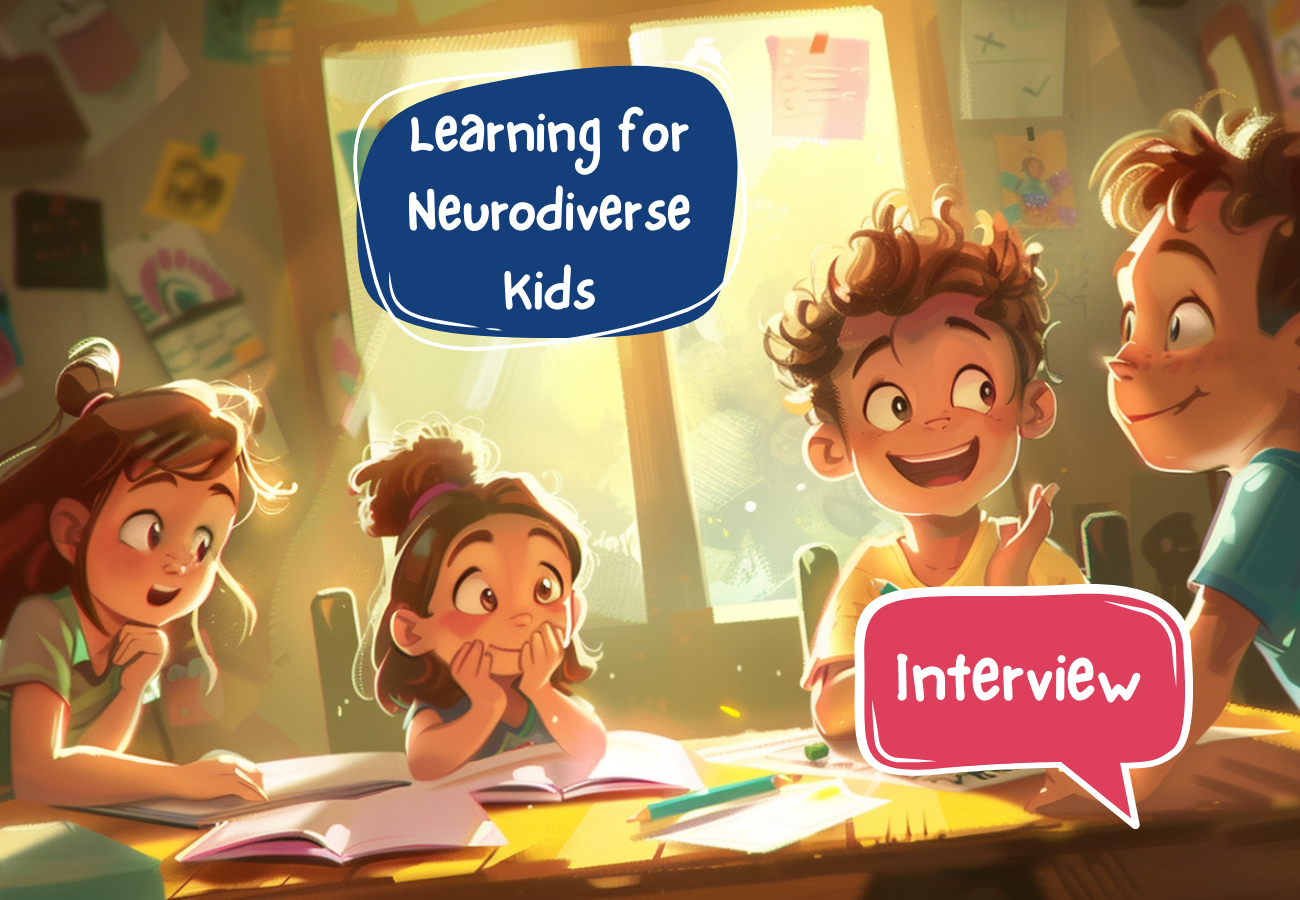
Creating Joyful Learning for Neurodiverse Kids: A Homeschooling Mom’s Journey with Alicia Ortego Books
A New Path in Education We always love hearing how our books support children and parents around the world. Recently, we spoke with a mom of three neurodivergent boys and the founder of Backyard Academy. Every day, she looks for creative ways to approach learning and parenting, and she shared with us how Alicia Ortego’s […]
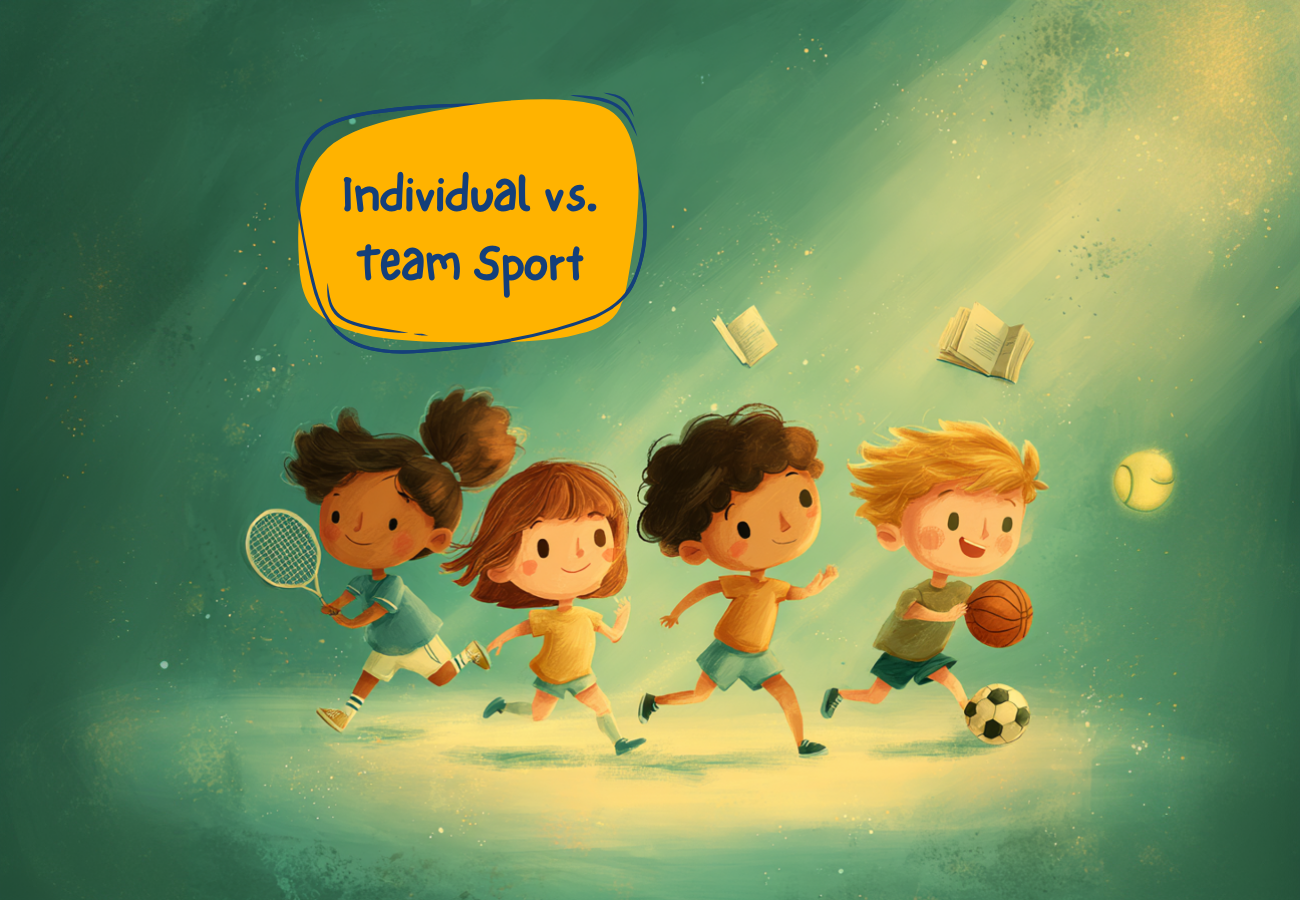
Individual vs. Team Sport Activities for Your Kids: Pros and Cons
Helping children stay active and healthy often starts with sports. But deciding between individual or team sports can be tricky. Each type offers unique experiences and developmental benefits, but also has potential drawbacks. Understanding the differences can help you make informed choices based on your child’s personality, interests, and abilities. What Are Individual Sports? Individual […]
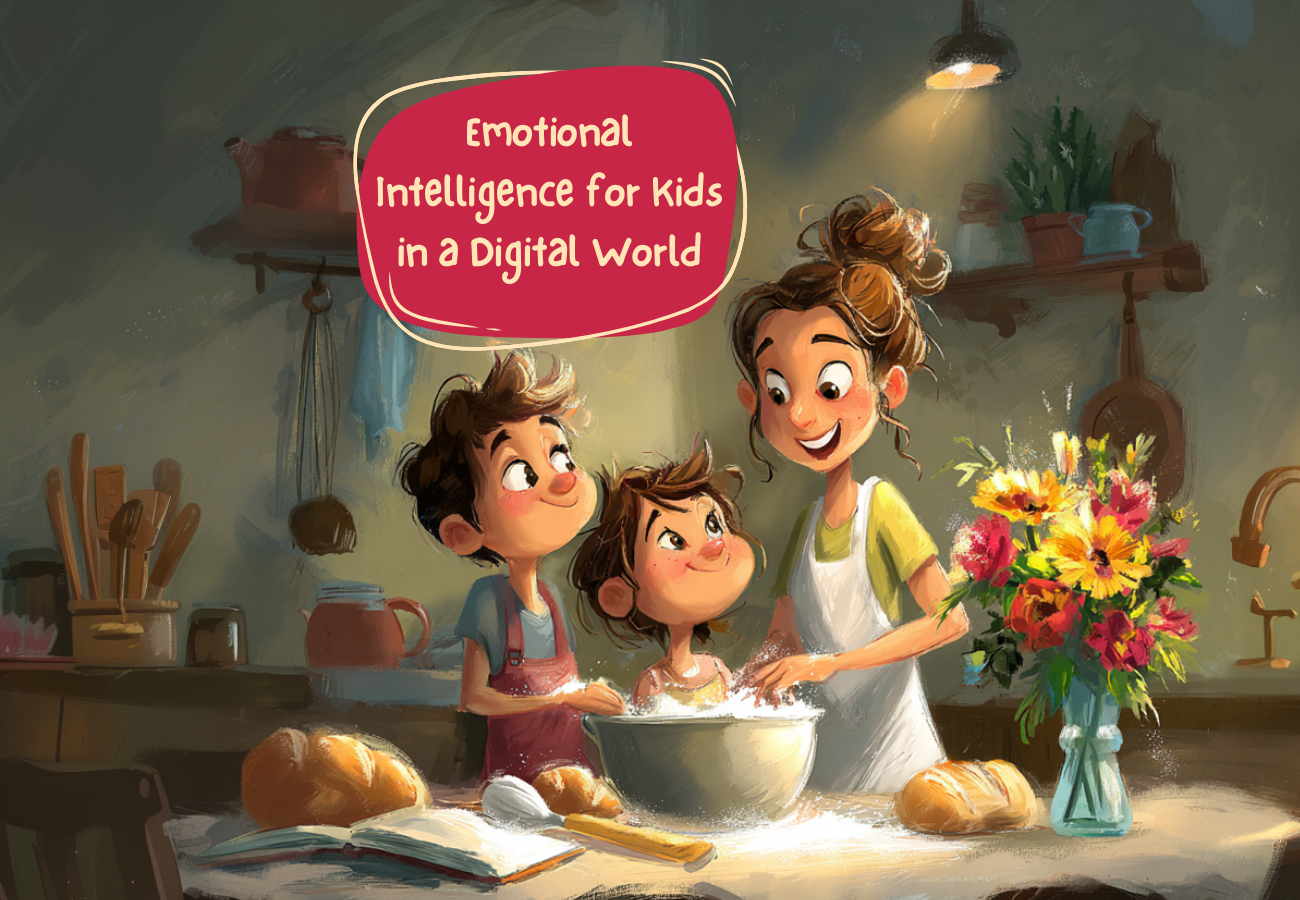
How to Nurture Your Child’s Emotional Intelligence in the Digital Age
Raising children today is nothing like it was in the 90s. Children in the 90s spent the majority of their time playing outdoors with neighbors or going to the local library or the beach. In that era, screen time mostly centered around TV, cable, or video games. But things are quite different in 2025. Kids […]



